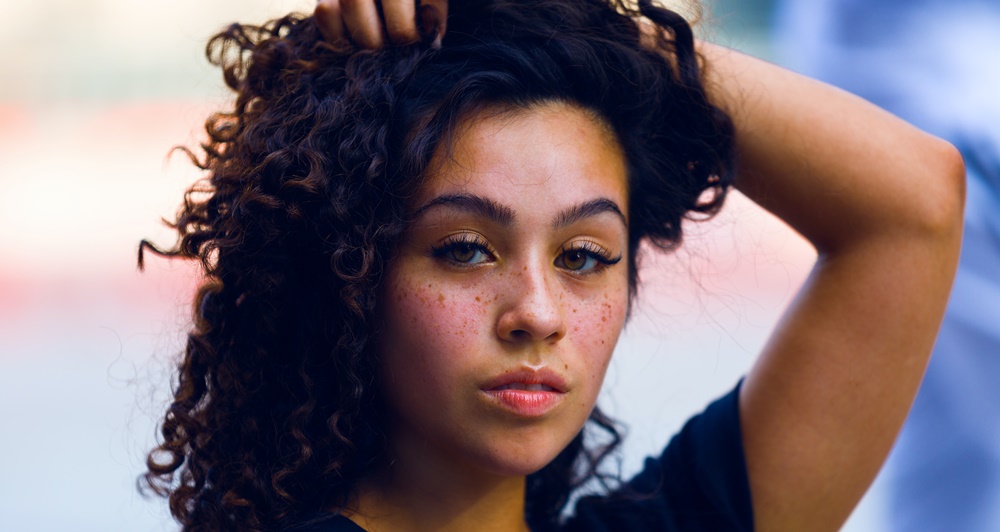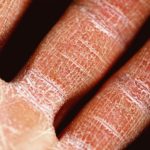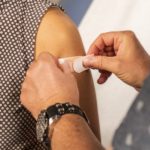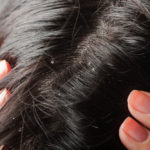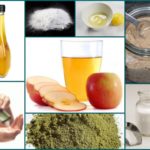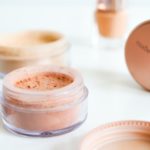What causes acne?
Most of us, at some point of our lives, have been bothered with having pimples or zits and tried different ways to get rid of it.
Acne vulgaris
Acne vulgaris, or just simply acne, is a disorder of the pilosebaceous unit of the skin. “Pilo” means hair, while “sebaceous” refers to the oily secretions of the skin. The face, chest, back and upper arms are common sites for acne because of the presence of hair and abundance of sebaceous glands in these areas. Acne is less likely to develop on our palms and soles because of the lack of pilosebaceous units there.
It is a common disease especially during adolescence age and it should not be ignored. Facing acne can have emotional and psychological impacts on the person impacted because of possible actual and perceived disfigurement and possible reduction of self-esteem.
There are four major mechanisms involved in the development of acne that can be regarded as the root causes: increased sebum or oil production, abnormal keratinization of hair follicles, proliferation of the bacteria Propionibacterium acnes and inflammation.
Androgen
Androgen, more commonly known as a male sex hormone, is directly involved in sebum production. However, this does not necessarily imply that males are more prone to acne since females also have a certain level of androgen in their system, especially during puberty when hormone levels are unstable.
Androgen increases the number, size and activity of sebaceous follicles, which in turn increases the oiliness of the surface of the skin. The notion that the development of acne is related in any way to food intake – most especially greasy foods – is not true.
Keratization
Keratin, a fibrous structural protein, is produced in the upper layer of the skin. In case of hyperkeratinization, the keratin produced is of poor quality so it is not shed off easily. Keratinized follicular cells accumulate and form comedocytes. These clump together in the ducts of hair follicles, forming a plug called comedones. These comedones are what we see on skin. Hyperkeratinization is triggered by an increase in sebum, which is associated with an increase in androgen explained above.
Bacteria
The bacteria Propionibacterium acnes is actually part of the normal flora of the follicular ducts of the skin and do not necessarily cause acne. However, in an environment of excessive sebum production and accumulation of keratinized follicular cells, the bacteria proliferate leading to acne. As bacteria to grow and multiply it produces debris and harmful metabolic byproducts. This leads first to inflammation, which can cause folliculitis and acne vulgaris in a later stage.
Pimples and blackheads
Pimples or zits are reddish, elevated marks in the skin, which gives us clue that inflammation is involved in the formation of acne. As the pimples regress, they leave reddish or brownish scars, or atrophic scars wherein the skin seems to be eroded. In case of larger pimples, the inflammation lasts longer and can result in significant scarring.
There are marks known as blackheads. These are opened pores with widened follicular ducts. They are black because of the presence of melanin pigment and the oxidation of sebum or oil upon exposure to oxygen at the surface of the skin. On the other hand, whiteheads are closed comedones where the pore is not widely open, containing sebum, keratin and some bacteria inside.
Acne treatment
Now the reader should know what causes acne so we can concentrate more on the treatment. The principle of therapy is to address correctly and counter the mechanisms that are involved in the development of acne.
Contrary to what many presume, soaps, detergents and astringents have no therapeutic value but are just for aesthetics and hygiene. They remove sebum from the surface but do not alter sebum production. Vigorous scrubbing and facial washes with beads can aggravate acne due to destruction of a portion of the follicular duct.
The cornerstone for the management of acne is the use of retinoids to loosen up the keratin that is tightly bound together, allowing the contents – sebum, keratin and some bacteria – to get out. Some examples of topical retinoids are tretinoin, isotretinoin and adapalene. However, these can cause birth defects so they are not advised for pregnant women.
Topical antibiotics may also be used like Erythromycin and Clindamycin. Benzoyl peroxide has an indirect action of reducing the pool of sebum and fat that nourish the bacteria.
There is also available oral systemic therapy such as antibiotics and hormones primarily for suppression of sebum production. These are reserved for severe widespread acne in which topical medications is not enough.
Acne vulgaris covers a spectrum of disease from mild to severe, and the management changes depending on the severity and on what the patient wants to achieve. It is best to consult a dermatologist first and not try to perform any self-medication.
